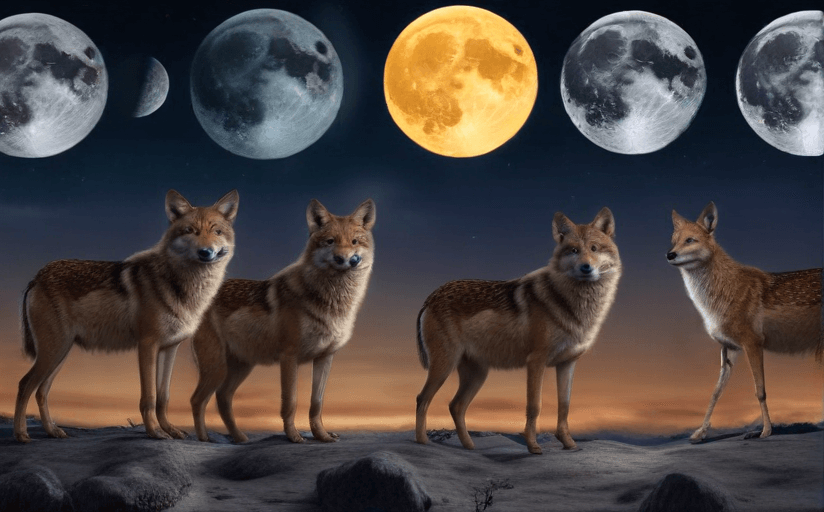The Impact of Lunar Cycles on Wildlife Behavior and Ecosystems
The moon has for long been a focal point of wonder and scientific study. Beyond its mesmerizing beauty, its cycles play an incredible role in regulating the rhythm of life on Earth. This article explores the captivating influence of lunar cycles on wildlife behavior and ecosystems.
Lunar Cycles and Animal Behavior
Distinct patterns in wildlife behavior have been observed to coincide with different phases of the lunar cycle. These responses, found in both nocturnal and diurnal species, are thought to be evolutionary adaptations that increase the chances of survival.
Nocturnal Species
For nocturnal creatures, moonlit nights can either be a boon or a bane. Predators, such as the African lion, use the extra light for hunting prey. On the contrary, their prey, like the African buffalo, tend to be more cautious during full moon nights, implying an intricate predator-prey dynamic regulated by the moon's phases.
Diurnal Species
Diurnal species, too, respond to lunar cycles. For example, certain marine species, like the Christmas Island red crab, synchronize their reproductive cycles with the lunar phases to ensure maximum survivability of their offspring.
Lunar Cycles and Plant Behavior
The lunar cycle's effects also extend to the plant kingdom. Some studies suggest that certain plant species, such as the Sonoran Desert's night-blooming cereus, coordinate their blooming with the lunar cycle to attract specific pollinators. This moon-guided adaptation directly affects insect pollinator activity, illustrating the interconnectedness of ecosystems.
Lunar Cycles Interacting with Other Environmental Factors
It's crucial to understand that the lunar cycles are only part of the complex web of influences affecting wildlife and ecosystems. Interactions with additional environmental factors, like seasonal changes and weather conditions, contribute to shaping the biological rhythms and survival strategies of species.
Concluding Thoughts
From seasoned wildlife experts and researchers, there is a consensus that lunar cycles indeed impact the spectrum of life on our planet, incorporating a rhythmetic timetable into the fine balance of ecosystems. Understanding these lunar-biological interactions not only sheds light on this fascinating aspect of nature but also contributes to our broader knowledge of planetary ecology.



















Comments
Leave a Comment